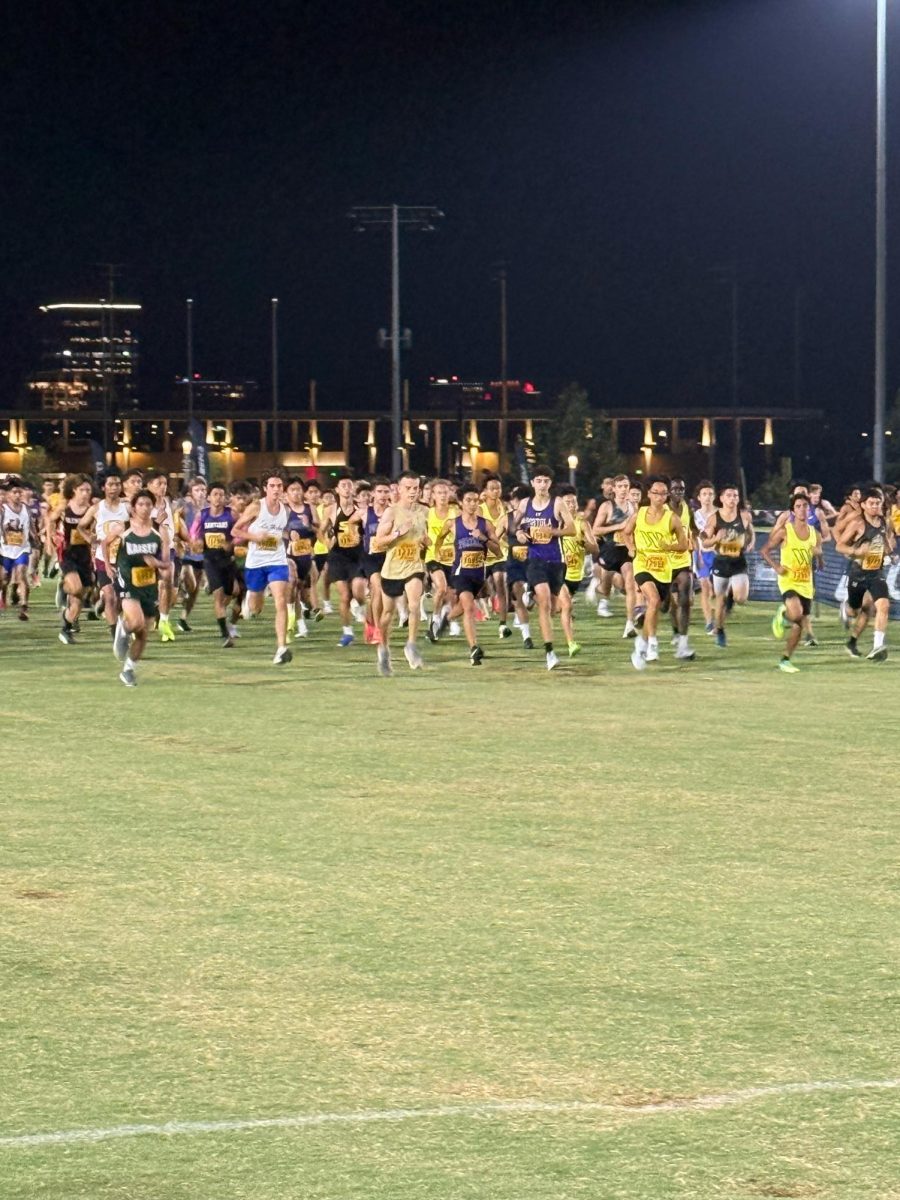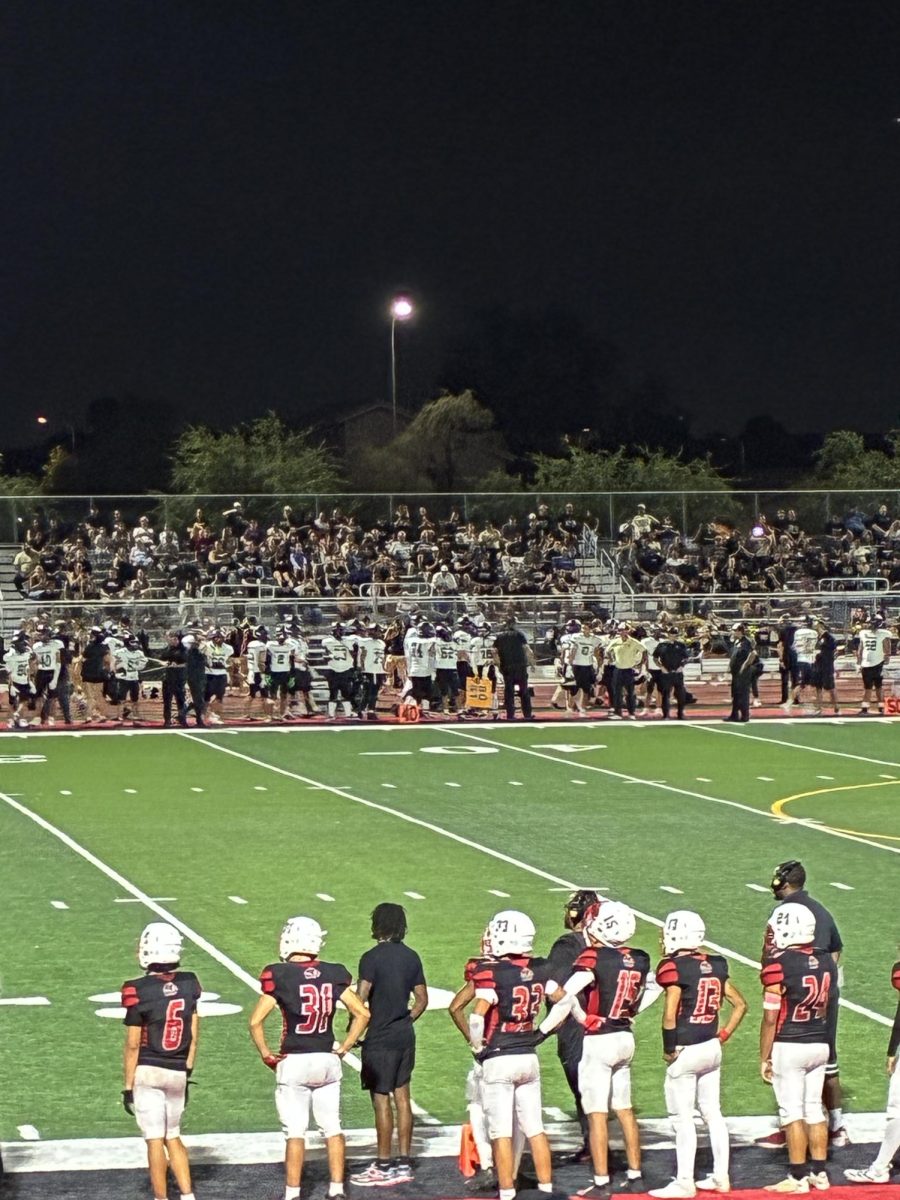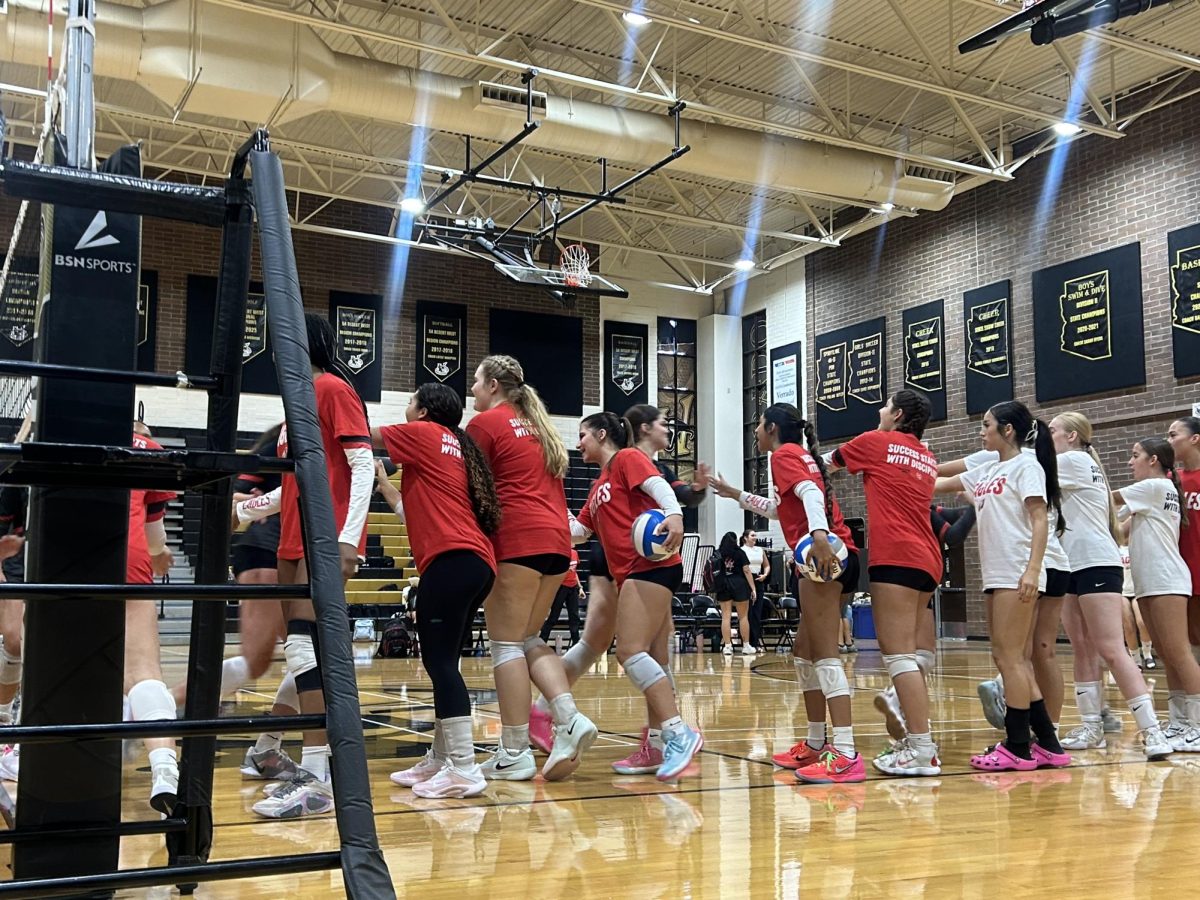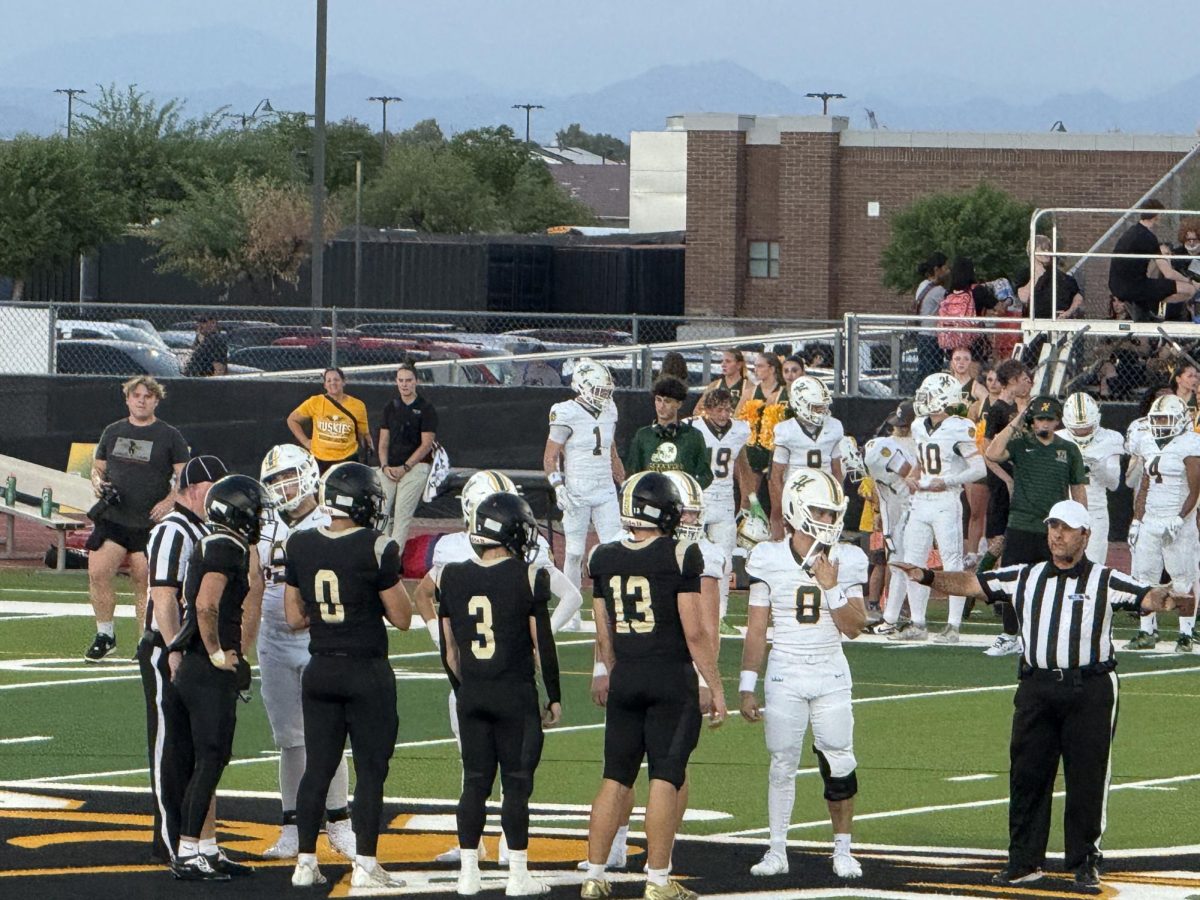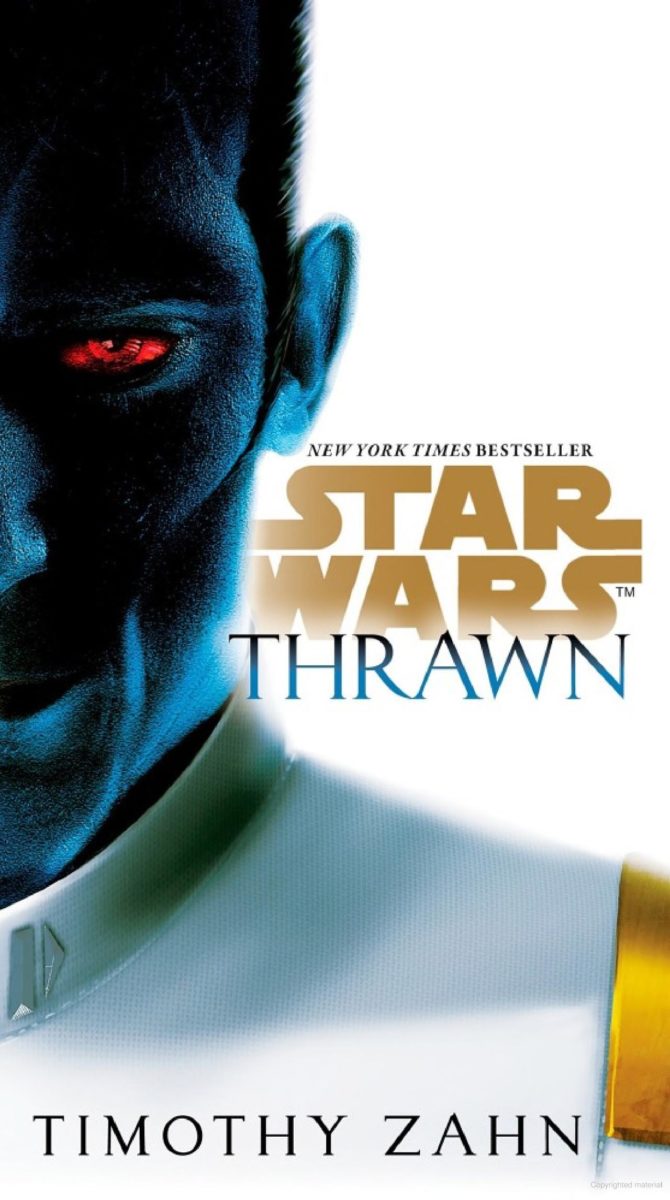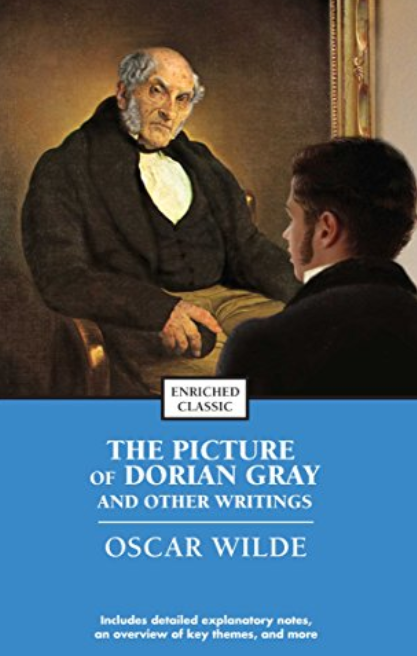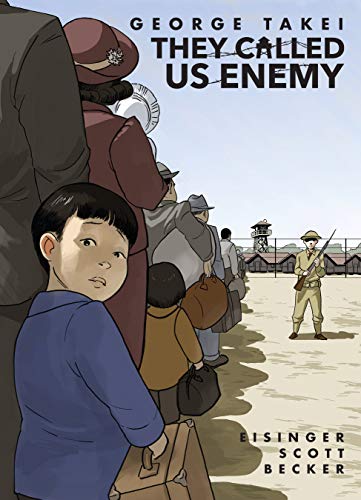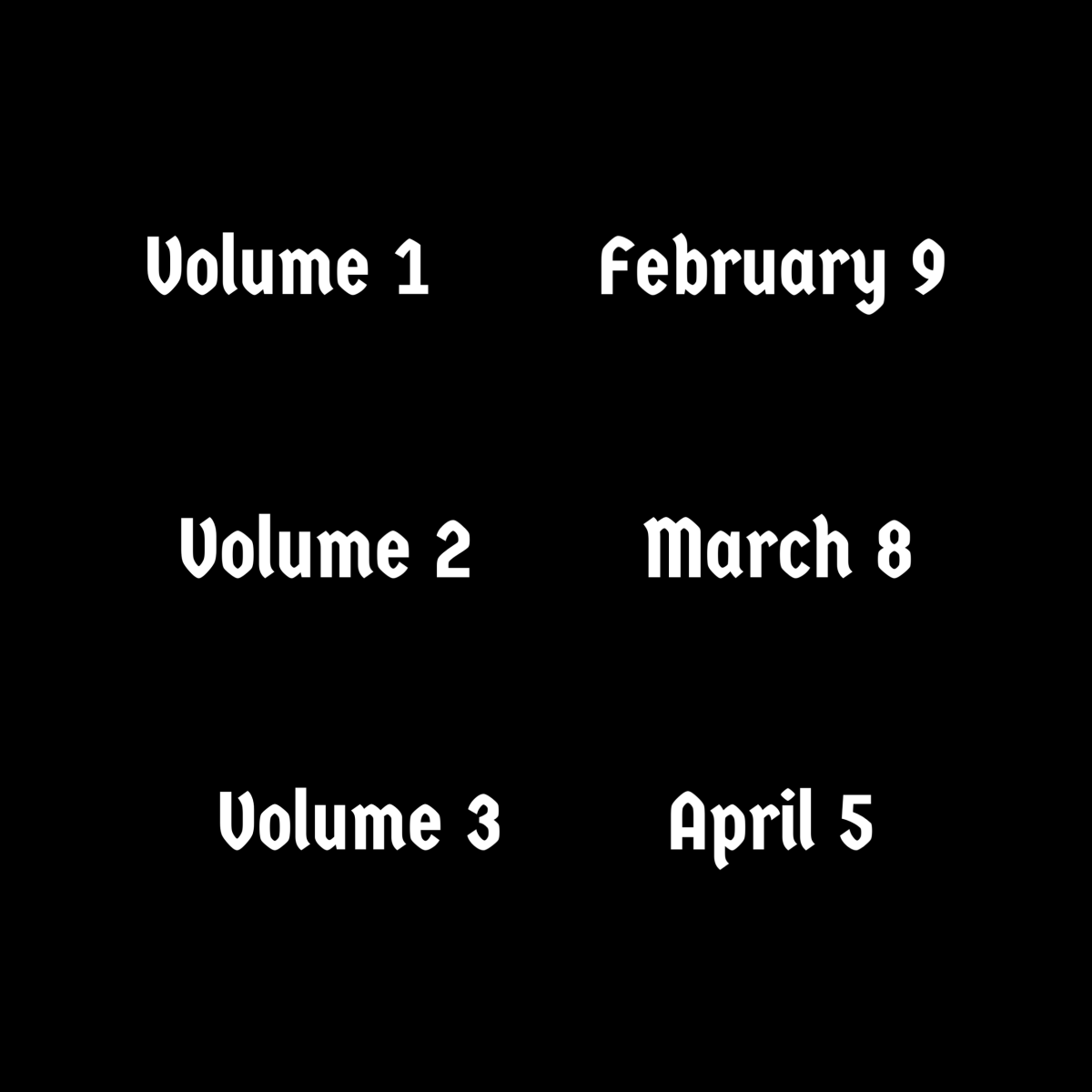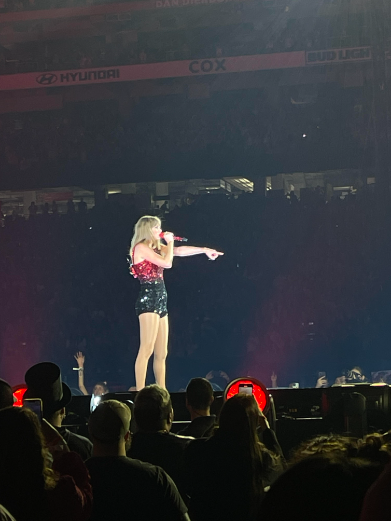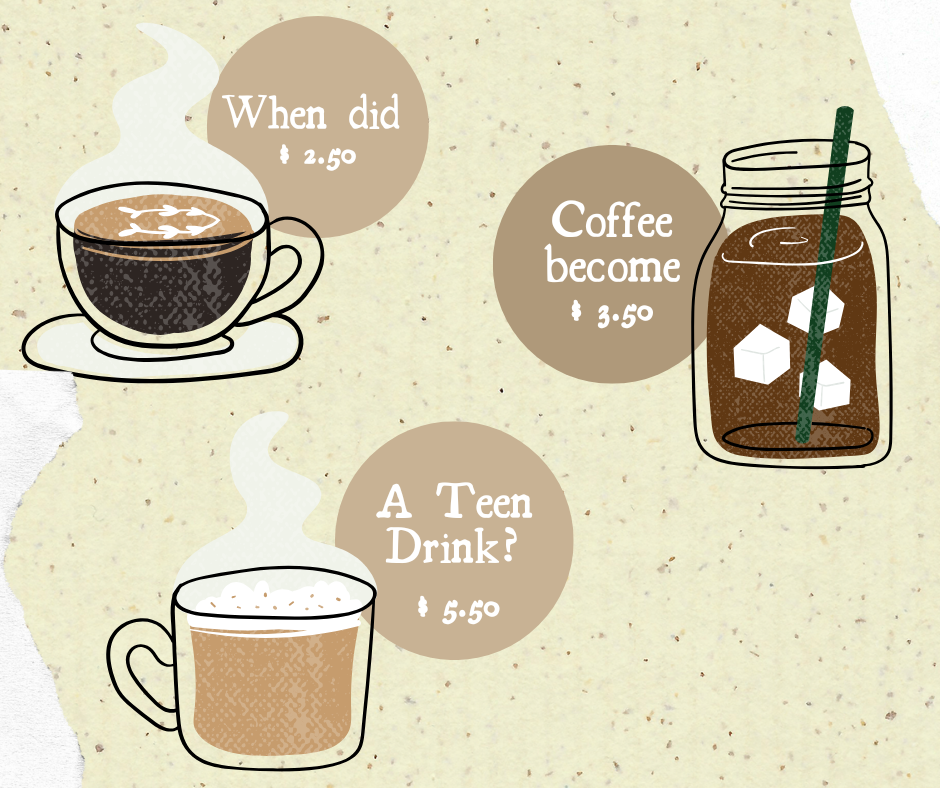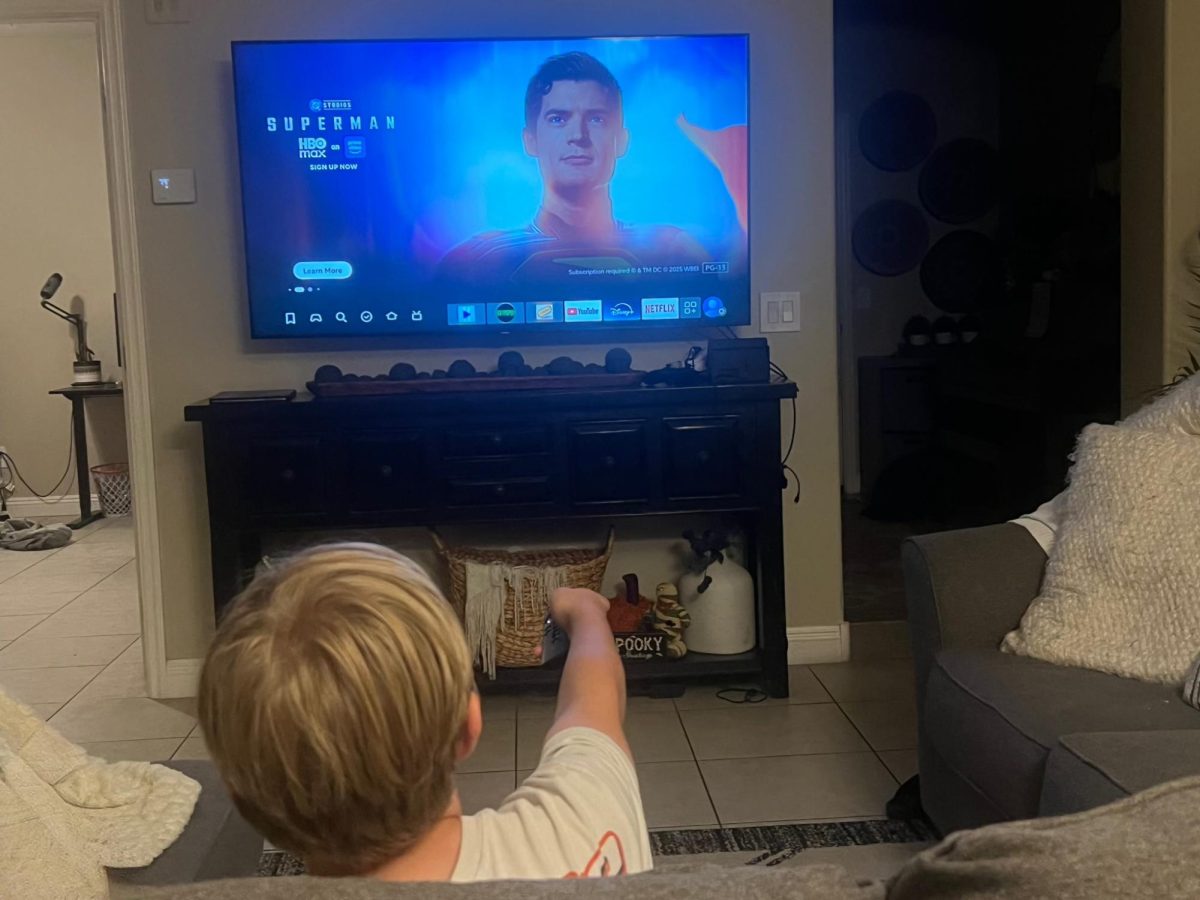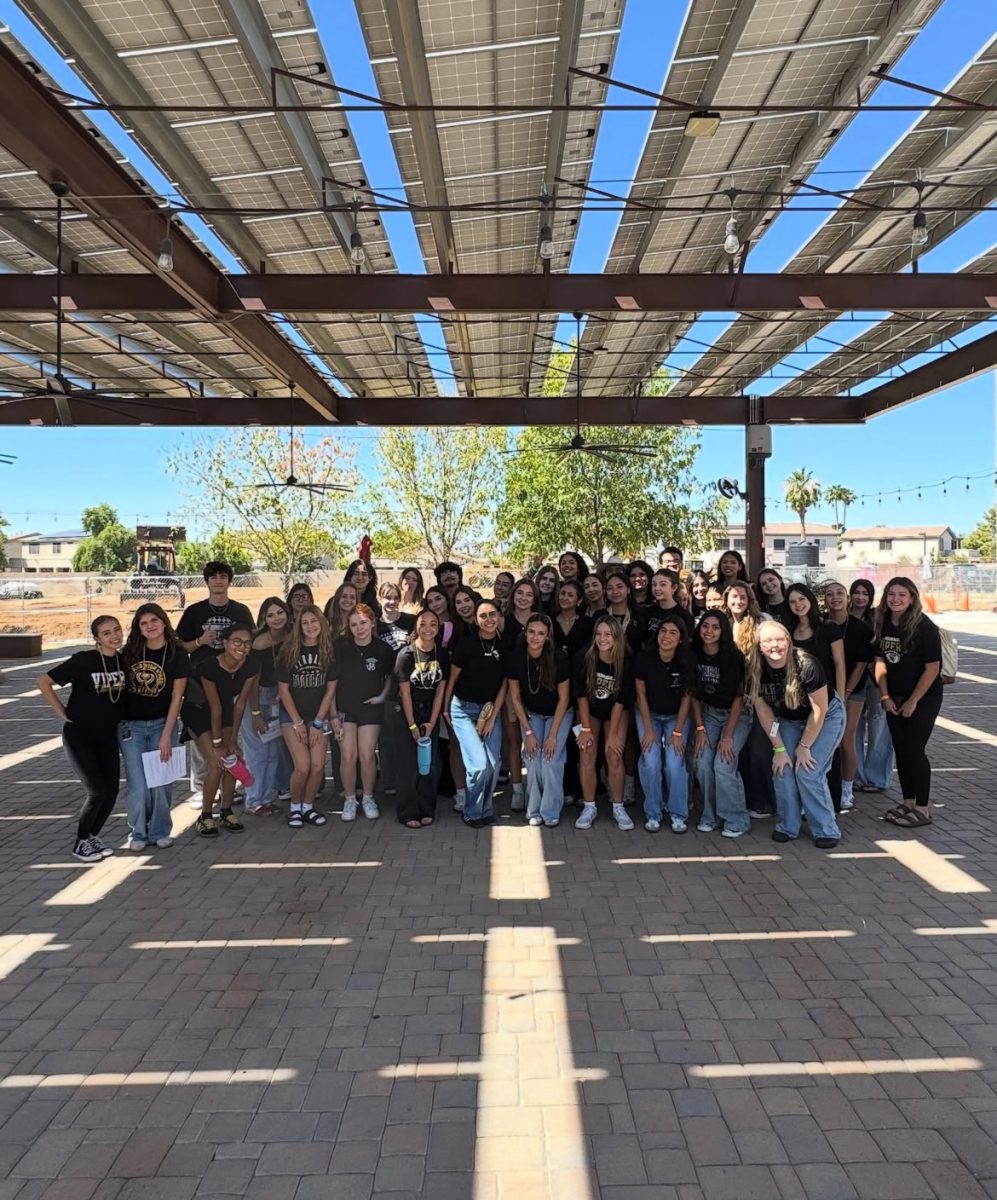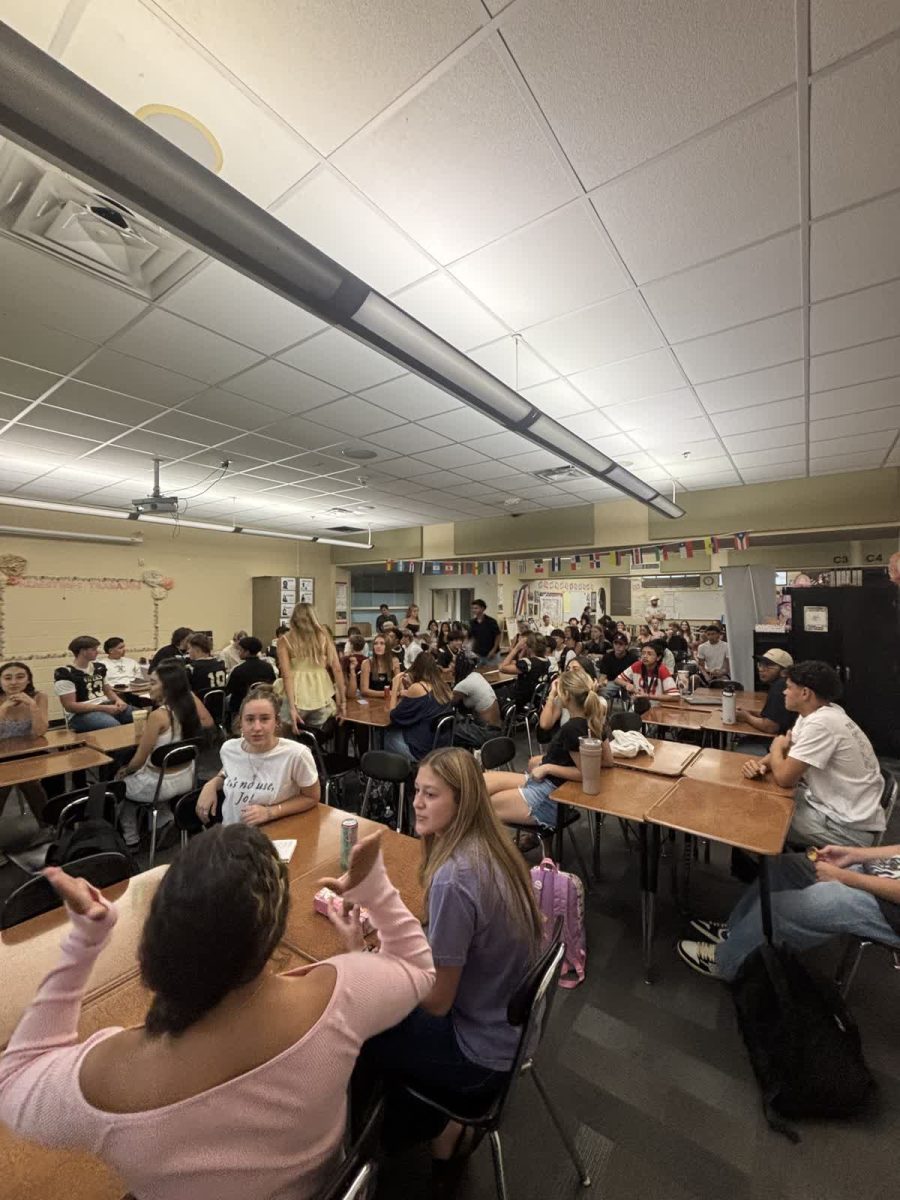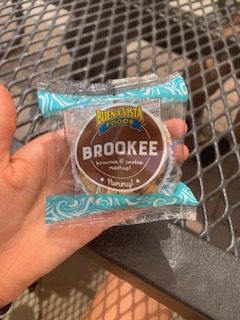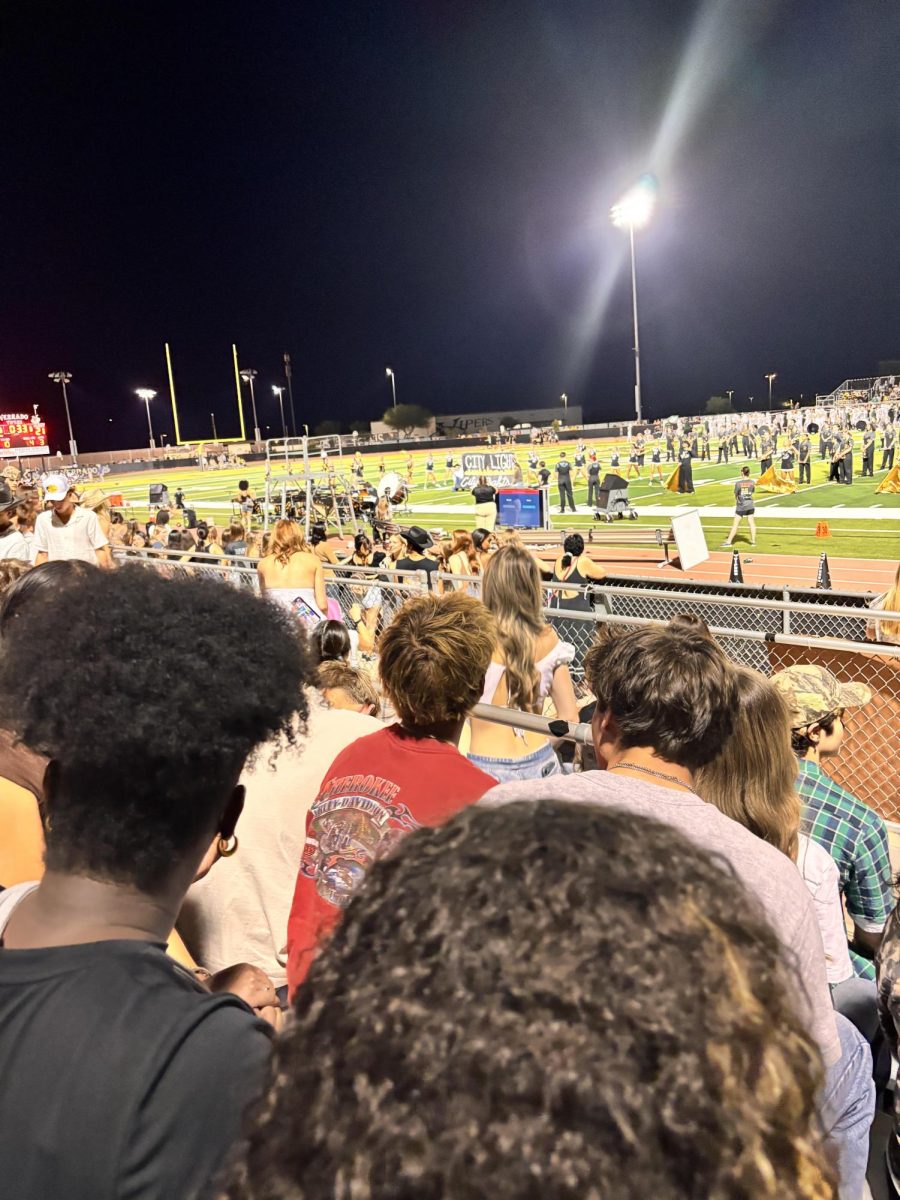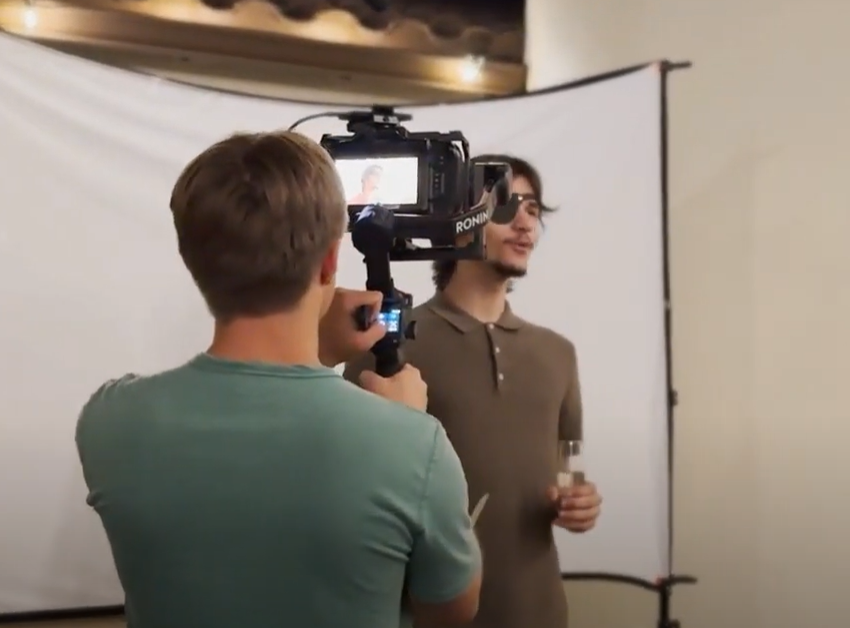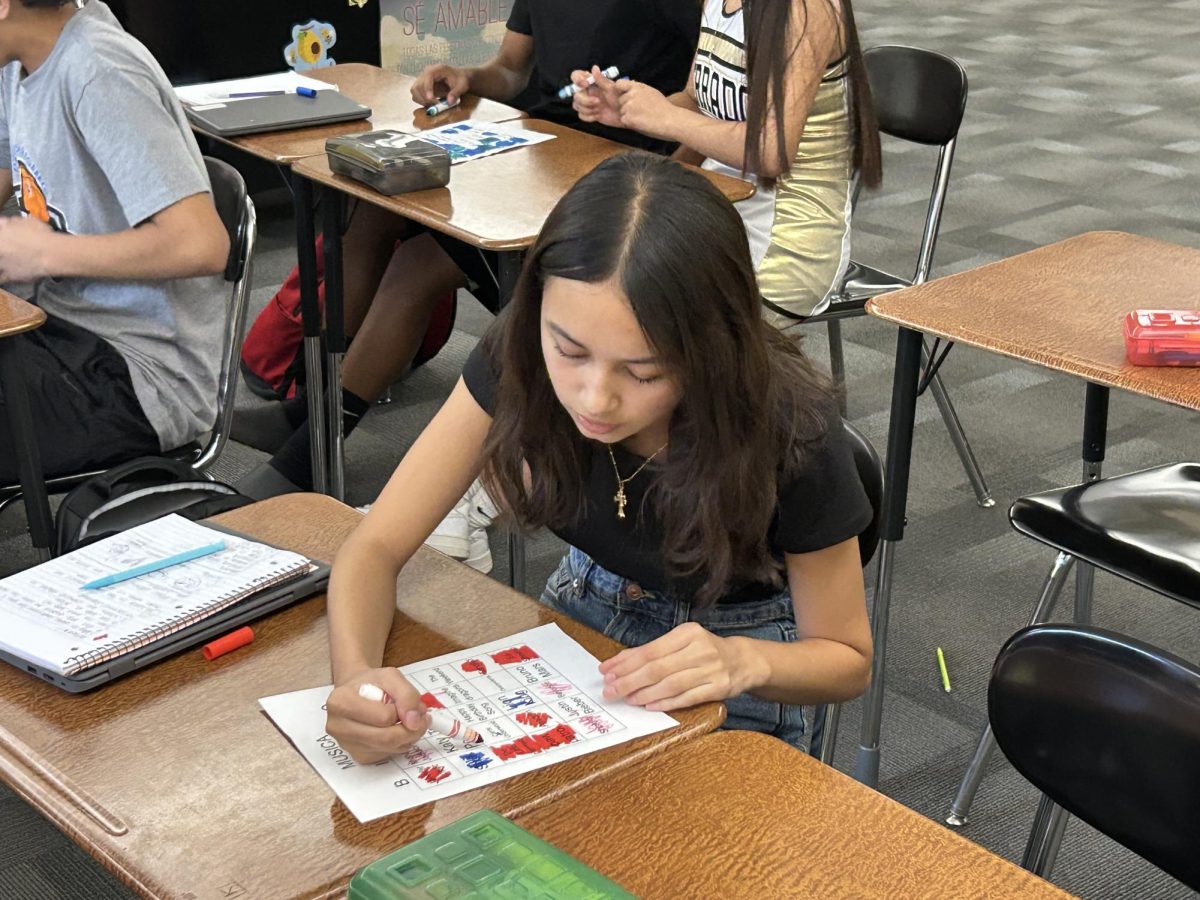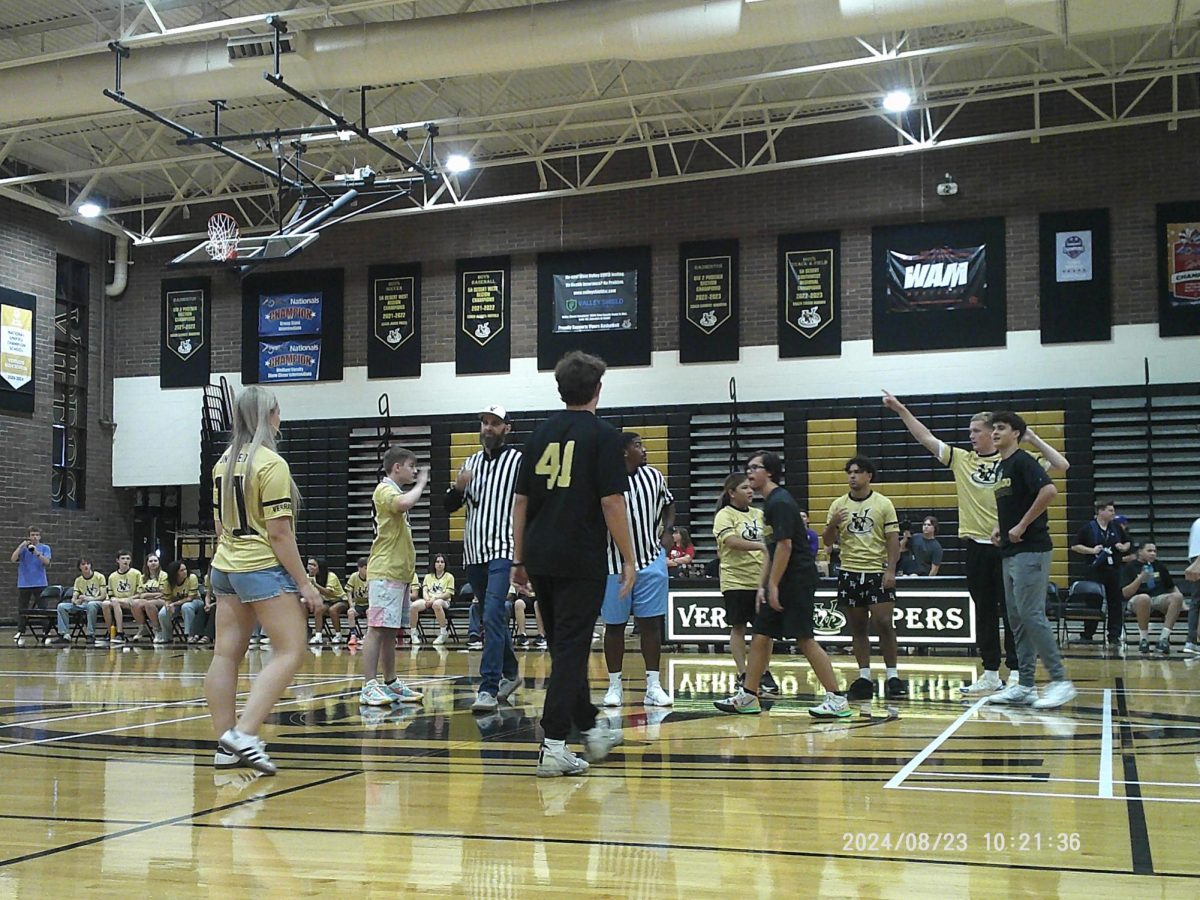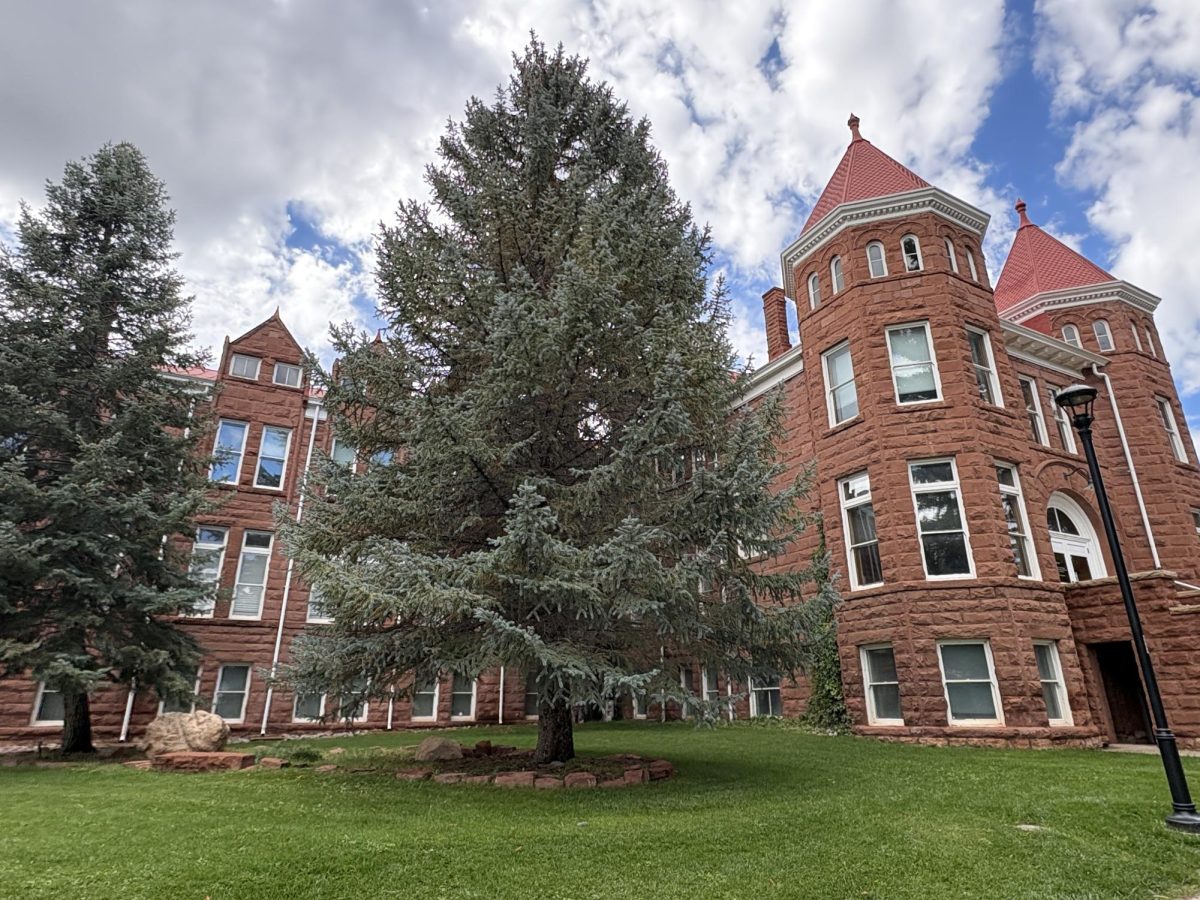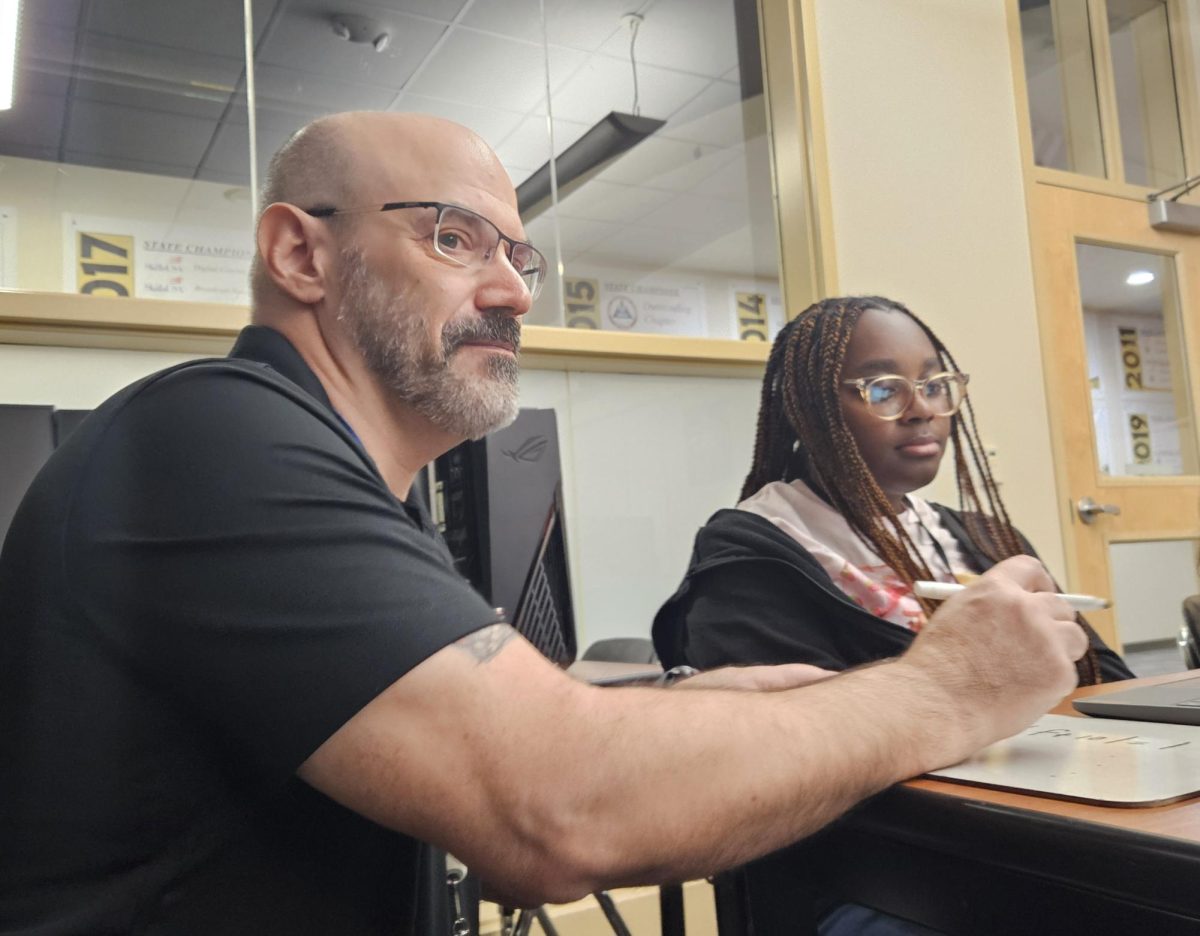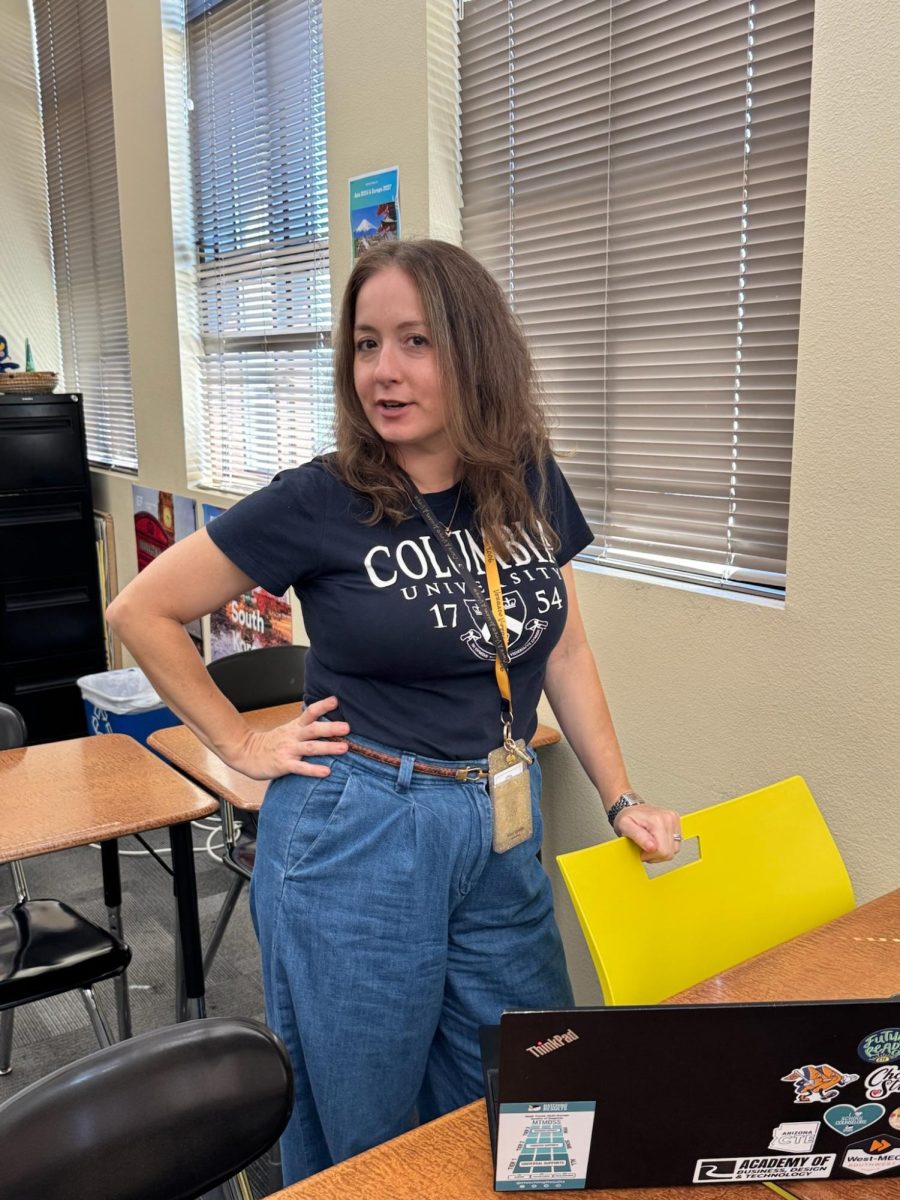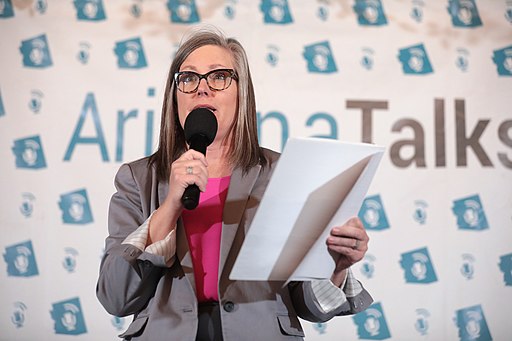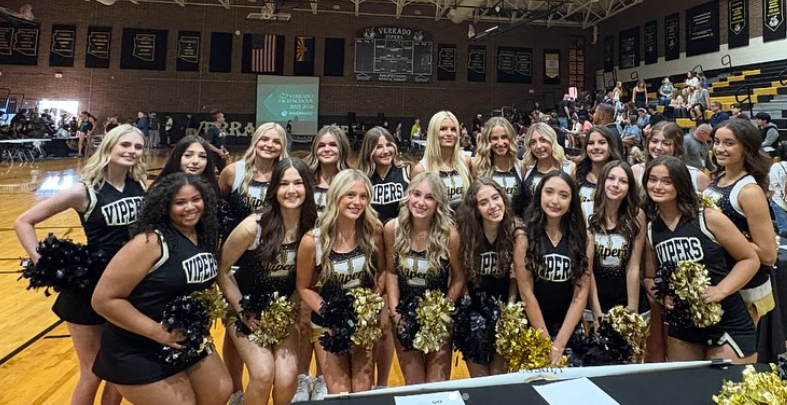Arizona’s school voucher program, a pioneering initiative in private school subsidies, remains intact despite contributing to the state’s $1.4 billion budget shortfall. The program, which has expanded to cover all 1.1 million public school students, faces criticism for draining resources from a state already ranked last in public education. Arizona governor Katie Hobbs signed a $16.1 billion budget in June that retains the voucher system, a key win for Republicans, but prompted cuts to critical areas like water infrastructure and community colleges.
As Arizona lawmakers entered budget negotiations to close a state deficit estimated at $1.4 billion, the state’s school voucher program was all but ensured in the Republican controlled Legislature. The initiative, an audacious experiment in private school subsidies, received praise by its advocates for expanding high-quality education.
But in the two years since the program expanded to Arizona’s 1.1 million public school students, it has contributed to a budget shortfall in a state with dismal public school funding and middling academic performance.
In May, the Census Bureau indicated that Arizona spends about $10,000 per student, the third-lowest per-student spending in the country, and a recent study by ConsumerAffairs found that Arizona was ranked last in public education, having “consistently low scores across the board.”
The Grand Canyon Institute, a nonpartisan think tank, said that vouchers contributed $332 million to the state deficit — projected to be $1.4 billion — in a report published in June. The shortfall that began with an income tax decrease championed by former Arizona governor Doug Ducey, was a significant loss from Arizona’s $2.5 billion surplus the year prior as the state recovered from the Great Recession.
In June, Gov. Katie Hobbs approved a revised budget that lifts the expenditure limit for school districts through the following fiscal year. The $16.1 billion budget also includes an assistance fund of $29 million for public schools. But the bill notably does not reduce private school subsidies, a key concession for Democrats.
“I stand committed to bringing much-needed accountability and transparency to the unsustainable ESA program that significantly contributes to the state’s budget deficit,” Governor Hobbs said in a statement after signing the budget, referring to private school vouchers.
To retain private vouchers, the budget forced broad cuts to a variety of endeavors long scourged by Republicans, including a significant reduction in funding for improvements to water infrastructure, community colleges, and prison air conditioning. Meanwhile, the results from the voucher program remain elusive.
A Pioneering Effort
In a plan passed by the Legislature two years ago, Arizona became the first state to offer private school vouchers to every student. “With this legislation, Arizona cements itself as the top state for school choice,” then-Governor Ducey said, framing the program as a choice for parents when Americans agree little on education.
The voucher program is built upon Arizona’s existing education savings account model, introduced in 2011 for students with disabilities, and the state’s home-schooling network. Arizona has the largest share of students enrolled in charter schools in the nation according to the state’s Department of Education.
In 2017, the State Legislature passed a law to expand vouchers universally, at a time when the secretary of education, Betsy DeVos, had spent decades lobbying for vouchers as a philanthropist. But voters defeated the measure a year later.
State legislators have pointed to Arizona’s apparent successes — and failures — as private school vouchers garner interest from opponents of public education. In Florida, Democratic lawmakers have tied their efforts to abate subsidies to Arizona’s voucher program.
“It was an unmitigated disaster,” Fentrice Driskell, the Democratic leader of the Florida House of Representatives, said during a floor debate, referring to private school vouchers. “It didn’t cause a mass migration from public schools but did cause a migration of public dollars to these public schools.”
Legislators in Iowa, where all but six of the state’s 183 private schools have a religious orientation, allocated $108 million to private school vouchers last year as public schools closed around the state.
The Arizona Department of Education has spent hundreds of thousands of dollars on advertisements in English and Spanish, as part of a campaign by Tom Horne, the superintendent of public instruction, to expand the program’s reach.
But about half of students using vouchers have never attended public school, suggesting that many families were already home-schooling or enrolled in private schools.
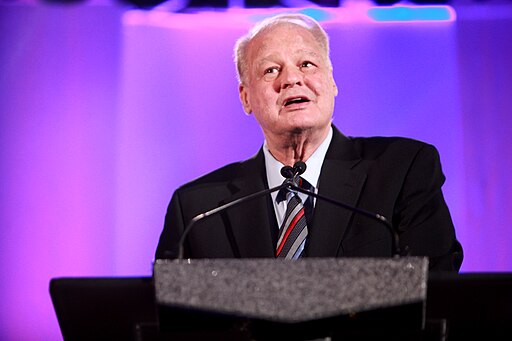
The Fight over Supplemental Material
Kris Mayes, Arizona’s attorney general, began investigating the Arizona Department of Education in July over rules allowing voucher recipients to use funds to purchase “supplemental material” unrelated to the curriculum. Private voucher data released earlier this month showed varied expenses, including karate and piano lessons, attracting ire from critics.
In September, two home-schooling mothers sued the department, claiming that requests for supplemental material, including books and pencils, were rejected. The lawsuit is being financially supported by the conservative Goldwater Institute.
“The Department of Education concedes the argument of the Goldwater Institute,” Horne said in a statement. “This lawsuit will settle the issue in court and my sincere hope is that the arguments made by Goldwater will prevail.” Critics say that the lawsuit is an attempt to further the extent of vouchers and reduce the accountability of the program.
“Essentially, Goldwater wants Arizona’s ESA voucher program to be a blank check where parents can spend taxpayer dollars for any reason, for non-educational purposes, and with zero accountability to the state or to taxpayers,”

